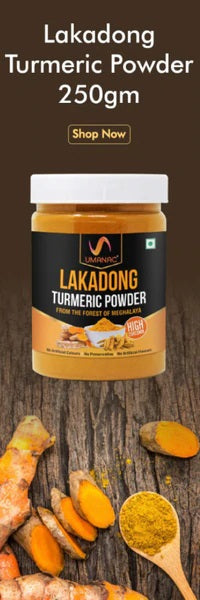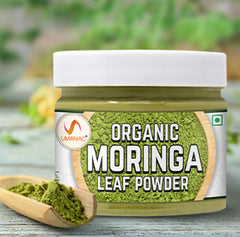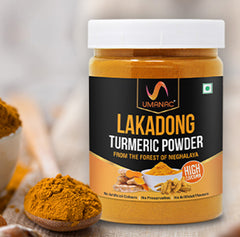Salt is one of the most important parts of our daily diet, which not only makes our food taste better but also maintains various biological functions. With the growing popularity of health-conscious eating, more people are turning to alternative salts, with pink Himalayan salt being one of the most popular.
But, why is it becoming the popular choice among all generations. Is pink rock salt, however, really superior to regular salt? To find out, let's dive into more detail.
What is regular salt?
Table salt, often known as regular salt, is a popular kitchen product and an essential part of many international culinary traditions. Here is a detailed examination of its properties, manufacturing, and applications:

Characteristics of Regular Salt
Chemical Composition: The key element of regular table salt is sodium chloride (NaCl). Sodium is vital for the body's fluid balance and nerve function.
Appearance: Usually, it has the appearance of tiny, white crystals. It is simple to measure and incorporate into meals because of the small granulation.
Taste: Regular salt has a strong, sharp, and distinct salty flavour.
Production and Processing
Extraction: Sea salt is often collected by evaporation from seawater or mined from subterranean salt sources. The most popular technique is collecting from salt flats or mining rock salt.
Purification: The salt goes through a rigorous processing process to get rid of contaminants and trace minerals after it is extracted. This produces a product that is almost entirely salt chloride.

Additives: To improve its usability and shelf life, table salt frequently incorporates additives.
The anti-caking agents make sure the salt doesn't clump and flows easily. Sodium aluminosilicate and calcium silicate are common anti-caking agents.
Iodine deficiency can result in thyroid issues like goitre; hence, iodine supplementation is required in many nations for table salt. This iodized salt is an important source of iodine in the diet.
What is Himalayan Pink Rock Salt?
Himalayan Pink Rock Salt is a form of salt that has grown in popularity due to its distinct colour, mineral content, and supposed health advantages. Here's a detailed look at its origins, features, and applications.
Origin and Extraction
Geological Formation: The main sourc of pink salt is the Khewra Salt Mine in Pakistan, which is among the world's biggest and oldest salt mines. It is thought that the salt originated from the evaporation of ancient oceans more than 250 million years ago.

Mining Process: Himalayan Salt is usually mined by hand, maintaining its natural purity and mineral richness, in contrast to heavily processed table salt. It undergoes very little processing after extraction and can be ground into various sizes.
Characteristics
Colour: The tints of the salt vary from a light pink to a deep reddish-brown. The unique hue of the salt is caused by trace minerals, particularly iron.
Composition: Himalayan pink salt, in addition to sodium chloride, has up to 84 trace minerals, such as calcium, magnesium, potassium, copper, and iron.
Texture and Taste: It comes in a range of grain sizes, from fine to coarse. Its flavour is frequently characterized as gentler as and more nuanced than that of ordinary table salt.
Health Benefits
- A pinch of Himalayan pink salt may have less sodium than a pinch of finely ground table salt due to its coarser grain size, which could help lower sodium intake.
- Proponents believe that it can support the body's natural electrolyte balance.
- Because of its mineral composition, salt is intended to help with hydration, balancing fluid levels in the body.
- It is commonly used in baths and spa treatments due to its alleged detoxifying properties on the skin and body.

For those seeking the best Himalayan salt, Umanac Himalayan Pink Rock Salt stands out for its quality, purity, and health benefits. Umanac Himalayan Pink Rock Salt, sourced from the untouched, pristine hills of the Himalayas, is both a gastronomic treat and a holistic contribution to a healthy lifestyle. The finest option for Sendha Namak is Umanac, for the following reasons:
Purity and Quality: It prioritizes purity in every grain of Himalayan Pink Rock Salt. Hand mining ensures that the salt is extracted without the use of chemicals and maintains its most natural state. The natural mineral composition of the salt is preserved during this tedious extraction procedure, ensuring that it is consumed in its purest form. The absence of artificial additives and preservatives ensures that you are ingesting a product that is as natural as possible.
Rich Mineral Content: One of the main advantages of rock salt is its high mineral content. Up to 84 trace minerals, including essential minerals like calcium, magnesium, potassium, and iron, can be found in Umanac salt. These minerals have possible health advantages in addition to giving the salt its distinct flavour and color. Frequent use of salt helps improve hydration, maintain electrolyte balance, and supply essential elements that ordinary table salt frequently lacks.
Himalayan pink salt vs Table salt
Both table salt and Himalayan pink salt have special qualities, advantages, and applications. Table salt is an affordable, accessible solution that provides the necessary iodine and ensures uniform seasoning. Himalayan pink salt, on the other hand, has a high mineral profile, a distinct flavour, and an appealing appearance, making it a popular choice for fine dining and holistic health practices.
Regular table salt lacks the trace minerals present in unprocessed salts but has a more consistent texture and flavour when compared to salts like pink Himalayan alt. Personal preference, dietary considerations, and specific culinary applications frequently influence the decision between ordinary salt and pink salt.
Disclaimer –
This information is provided for educational and entertainment purposes only. We do not accept any responsibility for any liability, loss or risk, personal or otherwise, incurred as a consequence, directly or indirectly, from any information or advice contained here.











